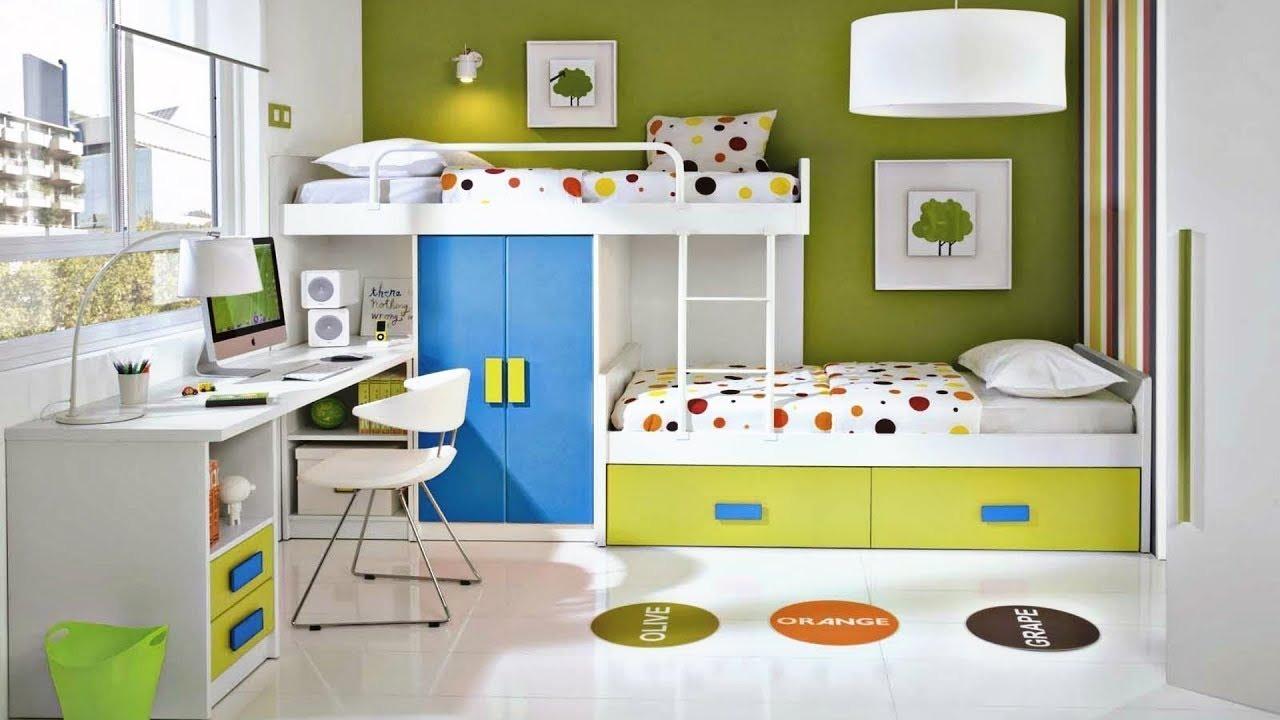Designing a child’s room is more than just painting the walls in bright colors. It’s about building a space that inspires creativity, encourages learning, and provides comfort. Good interior design for kids balances fun with function, ensuring every element supports a child’s development and personality.
In this guide, we’ll explore practical ideas, design tips, and creative solutions to help you create the perfect room your child will love.
1. Understanding Your Child’s Needs
Before choosing furniture or colors, take time to understand what your child really needs. Their age, hobbies, and daily routine play a big role in how the space should look and function.
Consider these points:
-
Age group: Toddlers need safety and play areas, while teens prefer privacy and style.
-
Activities: Does your child love reading, drawing, or sports? Design the room around these interests.
-
Growth flexibility: Kids grow fast, so choose a layout that can evolve with them.
A well-planned interior design for kids grows with your child, making the space practical for years.
2. Choosing the Right Color Palette
Color affects mood and energy levels, especially for children.
While bold colors may look appealing, balance them with softer shades to create harmony.
Color tips for kids’ rooms:
-
Warm tones like yellow or peach inspire happiness and creativity.
-
Cool tones like blue or mint promote calmness and focus.
-
Accent walls or removable wallpapers add character without overwhelming the space.
The goal is to create an environment that feels cheerful but not chaotic — a key principle in modern interior design for kids.
3. Furniture: Safety and Function First
Kids’ furniture should combine safety, comfort, and flexibility. Avoid sharp edges, unstable shelves, or heavy decor items.
Essential furniture items include:
-
A bed with built-in storage to save space.
-
A study desk for reading and homework.
-
Open shelves or baskets for toys and books.
-
A soft rug to define play zones and cushion falls.
Functional furniture not only keeps the room organized but also encourages independence — a big win in any interior design for kids.
4. Creating Different Zones in the Room
Dividing the room into zones helps kids understand structure and develop responsibility.
Common zones include:
-
Sleep zone: A cozy, quiet corner for rest.
-
Study zone: A well-lit area with a small desk and chair.
-
Play zone: Open floor space for toys, games, or crafts.
This setup ensures that the room supports both fun and focus, which is essential for balanced interior design for kids.
5. Smart Storage Solutions
Clutter can quickly take over a child’s room. To avoid this, include smart storage that’s easy for kids to use.
Ideas for better organization:
-
Wall-mounted shelves for books and art supplies.
-
Color-coded bins for toys.
-
Under-bed drawers for clothes or blankets.
-
Pegboards for hanging bags or accessories.
When storage is simple and accessible, kids are more likely to keep their rooms tidy.
6. Lighting Matters More Than You Think
Lighting influences how a room feels and functions. Natural light keeps the room bright and uplifting, while layered lighting ensures comfort at night.
Lighting tips:
-
Use soft, warm lights near the bed.
-
Add task lighting for study areas.
-
Choose fun lampshades or string lights for personality.
Good lighting completes your interior design for kids by making the room inviting and safe for all activities.
7. Personalization: Let Kids Join the Process
Kids love being part of decisions about their rooms. Involve them when choosing colors, wall art, or bed linens. This makes them feel connected and proud of their space.
Ways to personalize the room:
-
Display their artwork or photos.
-
Add custom name signs or initials.
-
Use removable wall decals featuring their favorite characters.
Personal touches help children feel ownership of their space, making your interior design for kids truly special.
8. Eco-Friendly and Sustainable Choices
Sustainability is becoming a major trend in home design — and kids’ rooms are no exception. Choosing eco-friendly materials helps protect your child’s health and the planet.
Sustainable design tips:
-
Use low-VOC paints to avoid harmful fumes.
-
Choose furniture made from natural wood instead of plastic.
-
Add organic fabrics for bedding and curtains.
-
Include plants for cleaner air and a touch of nature.
This eco-conscious approach keeps your interior design for kids modern, healthy, and responsible.
9. Safety Always Comes First
Safety should be your top priority in any child’s room.
Ensure every element in the space is designed with care.
Quick safety checklist:
-
Cover electrical outlets.
-
Secure heavy furniture to walls.
-
Avoid small decor items for toddlers.
-
Use non-slip rugs.
A safe room gives parents peace of mind and helps children explore freely.
10. Long-Term Planning: A Room That Grows
Kids’ preferences change quickly, so design with flexibility in mind.
Invest in neutral furniture and add personality through easily replaceable decor.
Smart design ideas:
-
Use modular furniture that adapts as your child grows.
-
Keep the walls neutral and change accessories over time.
-
Choose convertible beds or desks for long-term use.
When planned well, your interior design for kids can last through multiple growth stages without major renovations.
Conclusion
Designing a child’s room is both exciting and meaningful. The best interior design for kids blends fun, safety, and practicality while reflecting each child’s unique personality. By planning carefully, using smart storage, involving your child, and choosing sustainable materials, you can create a space that feels warm, inspiring, and adaptable for years to come.
Whether it’s a nursery for a toddler or a creative corner for a teenager, the right design transforms their everyday moments into joyful memories.

